Description
That Friday, a large crowd gathered in the Moulay Idriss Mosque in Fez. The air was hot, humid, and heavy, making one feel suffocated as if their lungs were filled with a thick, murky liquid. The sky was almost yellow, and the clouds obscured the sun. The city groaned under the weight of centuries of silence and weariness, sinking ever deeper into the mire of pottery and ceramics. Fez, the ancient city, the city of cities, stood alone in its isolation, gathering its rubble and ruins, resigned to a deep slumber, its mosques open only for prayers. On that Friday in August, the Moulay Idriss Mosque overflowed with enthusiastic young men from the mountains and plains, dressed simply and with similarly shaved beards. They chanted and imposed their rhythmic intonation in reciting the Quran. The sheikh leading the prayer was not from Fez either. His beard was like theirs; he must have been their guide and mentor.
In a strong and commanding tone, he delivered a sermon denouncing the arrogance of the powerful and the lack of dignity among those accustomed to daily humiliation. Everyone listened in profound silence. After the solemn prayer, he called upon those present to perform the absentee prayer without specifying or explaining anything. This was a command, and all the people rose in a single movement, forming neat, parallel, and orderly rows. In the prayer niche, opposite the sheikh, there was certainly no body. This was the very principle behind this extraordinary prayer. Without prostration, prayers were offered for absent bodies, bodies whose names were unknown, vanished after being swallowed by a distant land, shrouded by the loneliness and desolation of the sands or the turbulent waters of the sea.
The chapters of this story begin in a sacred yet desecrated city, Fez, after it fell under colonial rule and a yellow fever epidemic ravaged it. The narrative unfolds with the birth of a bewildered child on a journey that culminates on the edge of the Sahara Desert, inhabited by the memory of the rebellious saint, Sheikh Ma’ al-‘Ayn. Perhaps it is the journey of a wretched, starving Morocco, searching for hope. Through this journey, the novelist, within a symbolic framework, encapsulates the colonial past and the inherited misery and decline, remnants of which still linger in the collective memory. This enigma, the enigma of the absent yet ever-present past, is what gives Tahar Ben Jelloun’s novel its value and its social and historical essence.

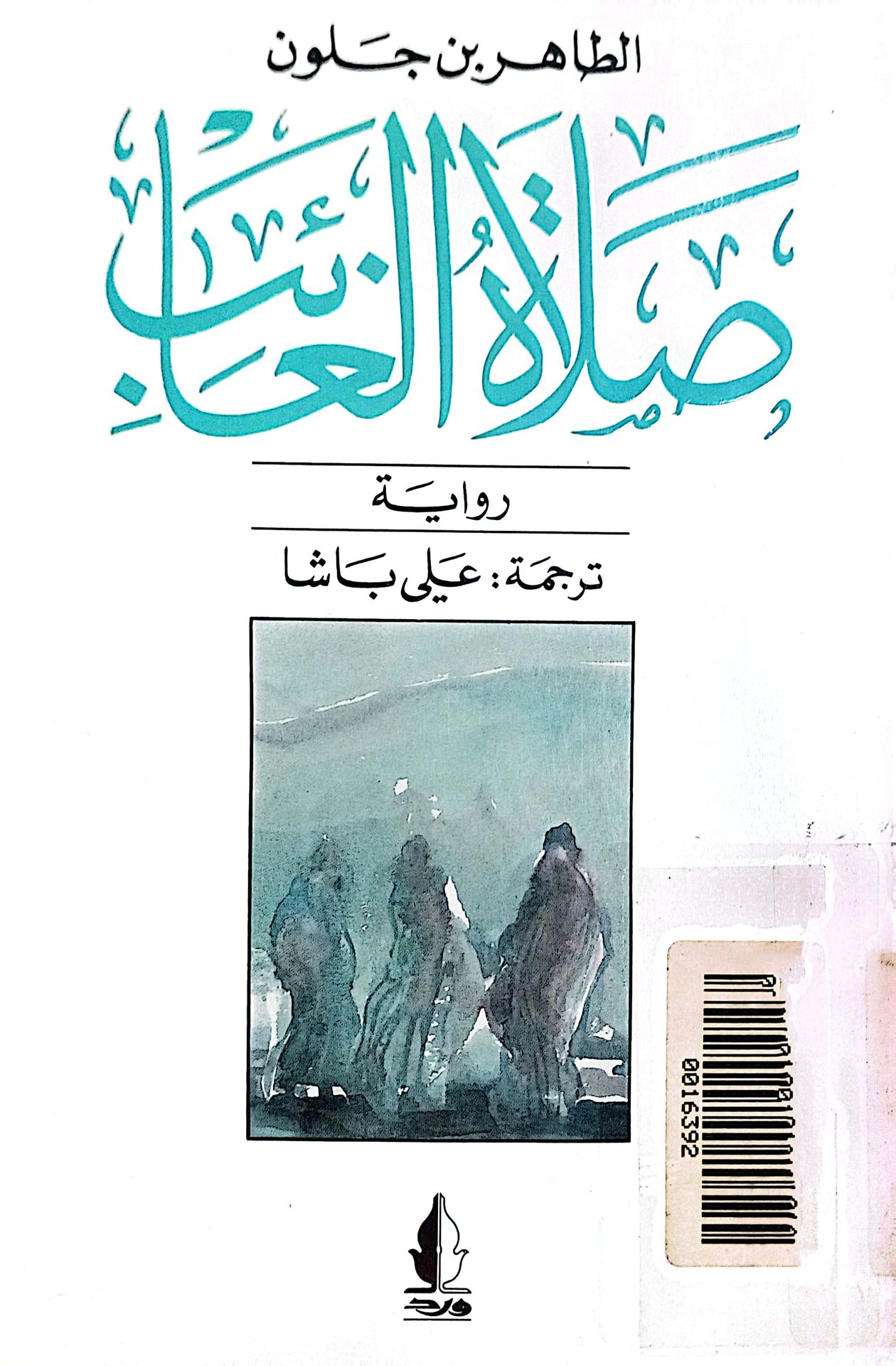




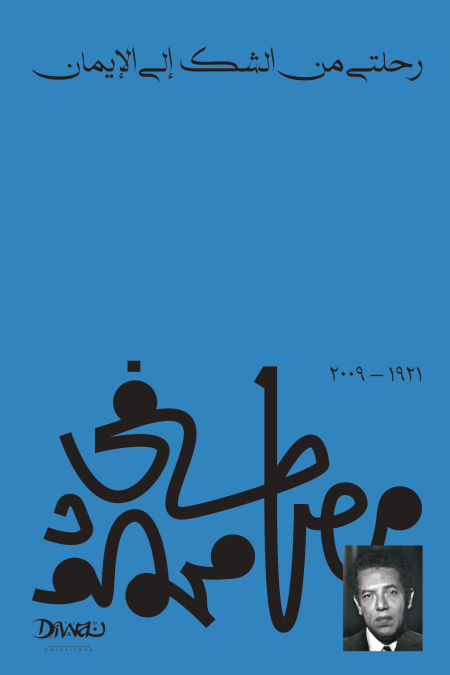
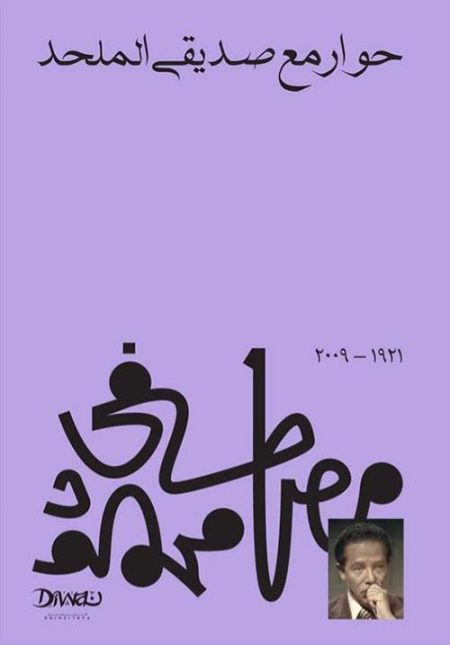
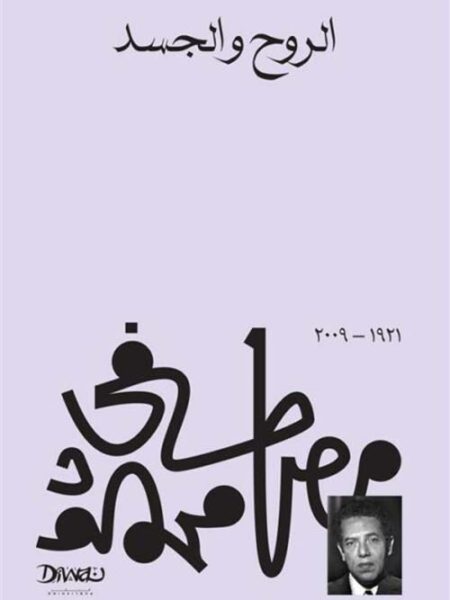
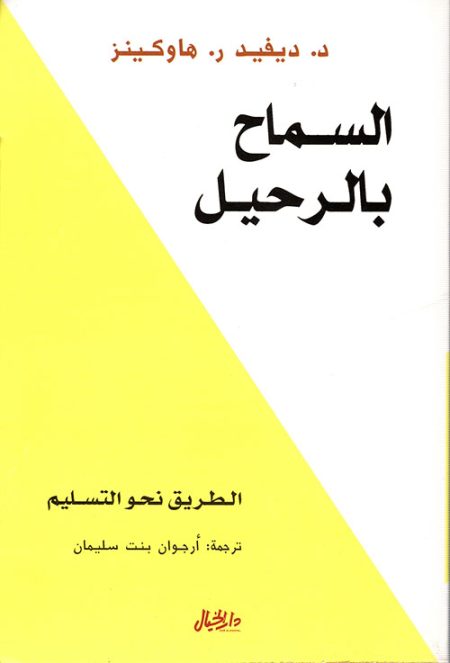
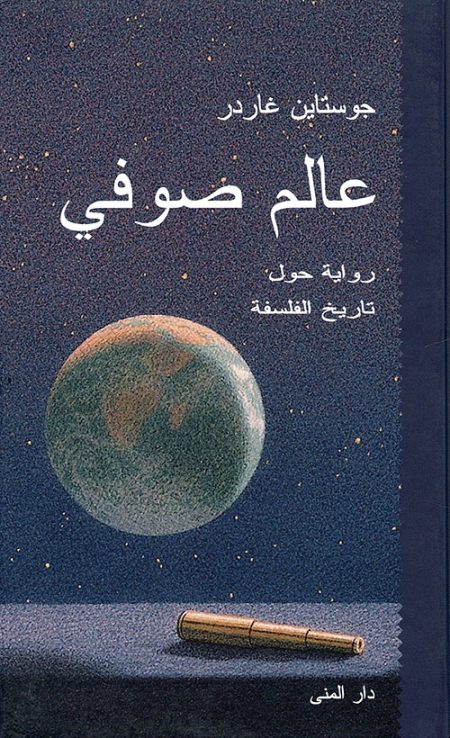
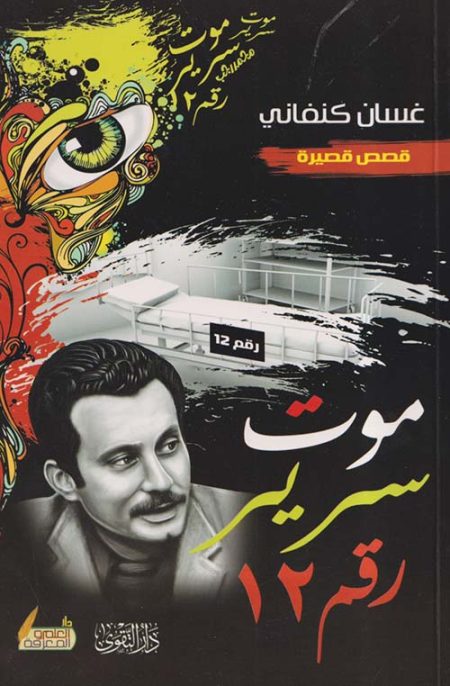

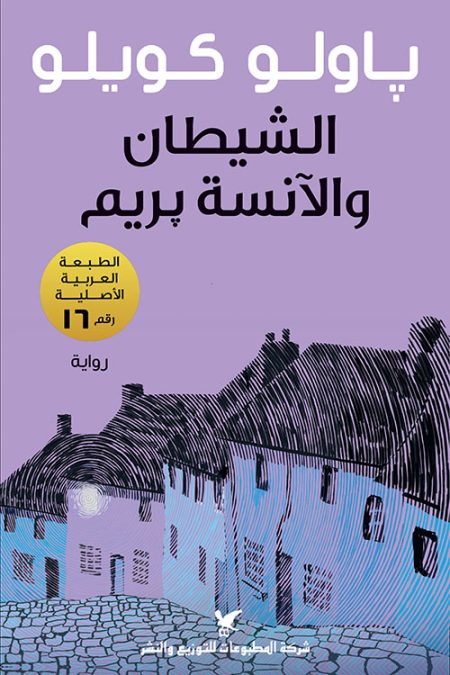

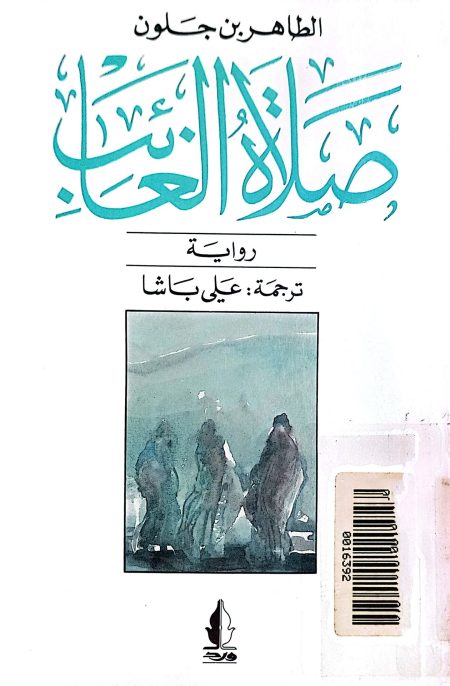
Reviews
There are no reviews yet.